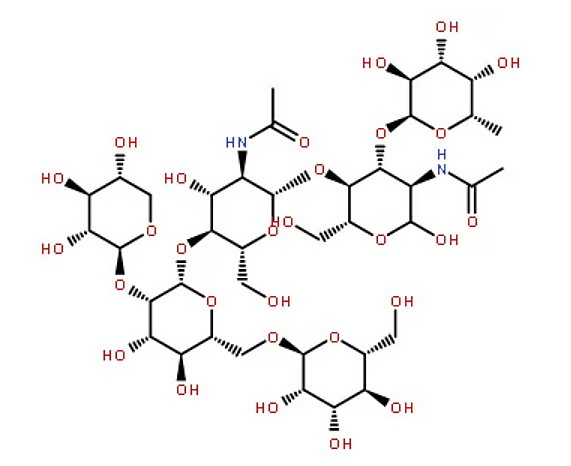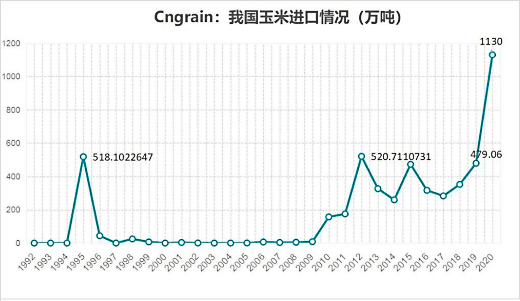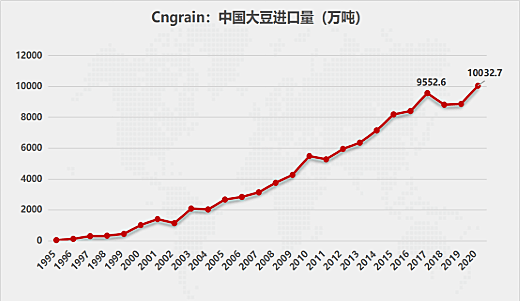
Bromelain is a group of thiol hydrolytic proteases extracted from the tropical plant pineapple. Bromelain mainly exists in the fruit, bud, leaf and stem of pineapple, with a molecular weight of 33000. It belongs to the papain family of cysteine proteases, the proteolytic activity of bromelain is approximately ten times higher than that of papain. Its enzymatic activity is dependent on the thiol group of a cysteine residue within its active site. Currently available bromelain extracts are composed of 80% stem bromelain, 10% fruit bromelain, and 5% other components. Bromelain has a variety of properties, including anti-cancer activity, anti-inflammatory effect, antimicrobial effect, antibiotic potentiation, skin protection, postsurgery recovery and so on[1]. Therefore, it has a wide range of applications in the medical and food fields.

However, the traditional production technology of bromelain has the problems of high cost, low enzyme activity and low yield because it takes pineapple as raw material. At the same time, the processing process of this traditional technology will bring some environmental resources problems. For example, the yield of bromelain is highly dependent on the yield of pineapple, and its source is not stable; Using agricultural products to produce such high value-added products is a kind of occupation and waste of land resources; Moreover, the production process may pollute the environment, which is not in line with sustainable development.[2]
Bromelain can be used in many scenarios, like medical, food fields and fodder processing. Due to the Local problem of shortage of protein feed resources and low efficiency of protein utilization of livestock and poultry in China[3], we choose fodder processing as the main application scenario of our study.


like soybeans and corns largely depend on imports.
Bromelain is a plant protease, which can convert protein in feed into peptides and small peptides easily absorbed by animals, improve the conversion rate of feed, so as to reduce the pollution of breeding industry to the environment. Bromelain also has a certain therapeutic effect on diarrhea caused by pathogenic bacteria, avoiding the negative effects of antibiotics, improving the growth performance of animals, and resisting the damage of parasites to animals. And the production of bromelain resources are rich, has the potential to vigorously develop and use, is an ideal antibiotic substitute feed additives.[4,5]
[1] Hikisz P, Bernasinska-Slomczewska J. Beneficial Properties of Bromelain. Nutrients. 2021 Nov 29;13(12): 4313. doi: 10.3390/nu13124313. PMID: 34959865; PMCID: PMC8709142.
[2] Fouz N, Amid A, Hashim YZ. Cytokinetic study of MCF-7 cells treated with commercial and recombinant bromelain. Asian Pac J Cancer Prev. 2014 Jan;14(11):6709-14. doi: 10.7314/apjcp.2013.14.11.6709. PMID: 24377593.
[3] 陶莎,张峭,张晶.2021年饲料市场形势、展望和对策建议[J].中国畜牧杂志,2022,58(05):269-272.DOI:10.19556/j.0258-7033. 20220221-03.
[4] 王修启,梁少杰,周加义,高春起,严会超.菠萝蛋白酶在饲料上的研究进展及应用前景[J].饲料工业,2016,37(04):1-4.DOI:10. 13302/j.cnki.fi.2016.04.001.
[5] Dutta S, Bhattacharyya D. Enzymatic, antimicrobial and toxicity studies of the aqueous extract of Ananas comosus (pineapple) crown leaf. J Ethnopharmacol. 2013 Nov 25;150(2):451-7. doi: 10.1016/j.jep.2013.08.024. Epub 2013 Sep 26. PMID: 24076462.
